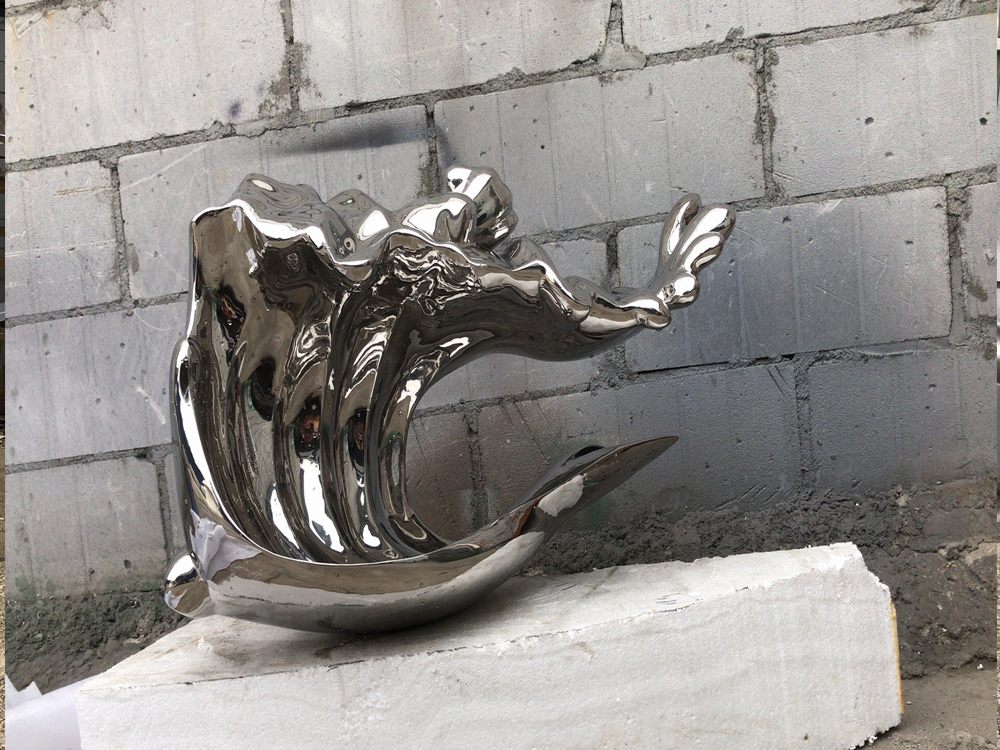
Bronze alloys have evolved significantly over centuries, with modern formulations offering distinct advantages over their traditional counterparts. Historically, traditional bronze consisted primarily of copper and tin, often with trace impurities. The classic 90% copper and 10% tin ratio dominated ancient metallurgy, prized for its durability and casting properties in artifacts and weapons.
Modern bronze alloys, however, incorporate advanced metallurgical knowledge. Contemporary formulations frequently include additional elements like aluminum, silicon, or nickel to enhance specific characteristics. These additives improve corrosion resistance, mechanical strength, and machinability beyond what traditional bronze could achieve.
Another critical difference lies in consistency and purity. While ancient bronzes varied significantly due to imperfect smelting techniques, modern alloys maintain precise chemical compositions through controlled manufacturing processes. This standardization ensures reliable performance in industrial applications from marine hardware to electrical components.
The thermal and electrical conductivity properties also differ markedly. Modern bronze alloys can be engineered for specialized conductive needs, whereas traditional bronze had fixed limitations. Furthermore, contemporary bronze often undergoes additional treatments like heat aging or cold working to optimize its properties for specific uses.
These advancements reflect humanity's growing understanding of materials science while maintaining bronze's timeless appeal. Whether preserving historical casting methods or innovating for future technologies, both traditional and modern bronze formulations continue to play vital roles in metalworking.

